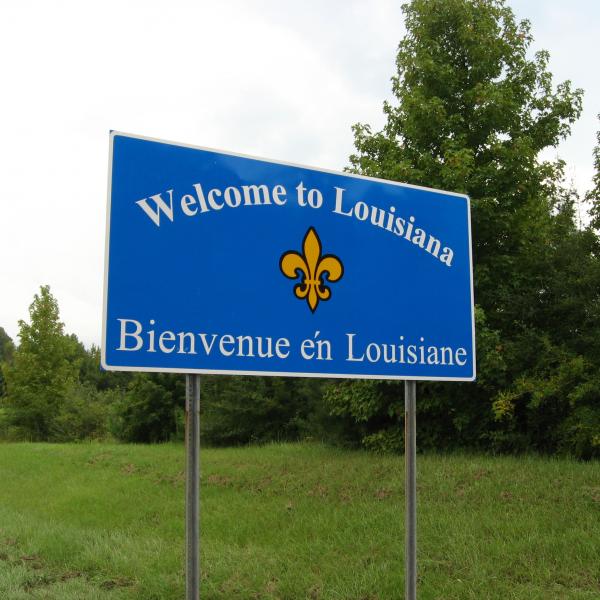My group for the annotation project – criticism – has gone back and forth in its understanding of what music criticism actually is and how we can bring criticism into the classroom in meaningful ways. It is perhaps more natural to view music from an artistic angle in the classroom, discussing, for instance, the lyrics in “War” or “Ball of Confusion.” However, using music criticism provides a valuable opportunity to place music in cultural context, inspire debate, and illuminate aspects of songs that may not be clear from an artistic angle.
Take, for example, the music of Martha and the Vandellas. Professor Wald commented that much of their music was seen as politically charged, despite their songs not having overtly political lyrics. “Jimmy Mack,” for example, was released in 1967 and its lyrics about yearning for a far-off boyfriend to “hurry back” seemed to reflect the yearning many felt for recently drafted soldiers. Perhaps, too, the song’s reference to a second suitor had an Odyssean resonance for soldiers in Vietnam, worrying about how long their partners could wait for them. However, from an artistic point of view, it is nearly impossible that the Holland-Dozier-Holland (the song’s authors) had this in mind when they wrote the single. It is also very unlikely that Martha and the Vandellas thought about such a connection when recording the song and therefore subtly imbued the track with political emphasis. That is because, while the song was released in 1967, it was recorded in March 1964, before the Gulf of Tonkin resolution in August 1964 the subsequent escalation of US troop presence in Vietnam. Even though the song was most certainly not intended to be about Vietnam, for many people it was a song about Vietnam.
So how can I bring this into the classroom? If I were to play “Jimmy Mack” in a class, I think it highly unlikely that any students would see a connection with the Vietnam War. Even if I furnished my students with a lyrics sheet and led a close reading, there is nothing in the song’s lyrics that suggest war. However, it would be an interesting exercise to present students with the song first, and then provide them with contemporary criticism detailing the Vietnam resonance. Such a process would both reveal a popular interpretation of this song and would emphasize the value of studying the cultural field surrounding a work of art. The same process could be utilized to help place any song or work of art in its cultural context. I envision, for instance, helping students to find meaning in the music of John Coltrane in much the same fashion. This would be particularly valuable to compare differing contemporary interpretations of a song. “Alabama” would take on new meaning when accompanied by, say, Amiri Baraka’s criticism and John Coltrane’s mercurial explanation of his inspiration in creating the song. Comparing perspectives could help students to better understand the different contemporary taste communities to which the reviewers belonged and inspire discussion about the factors that would inspire distinct opinions about a given piece. In many ways, the criticism can be more revealing of a particular time, place and perspective than the artwork itself.
-- Jesse Klausz



